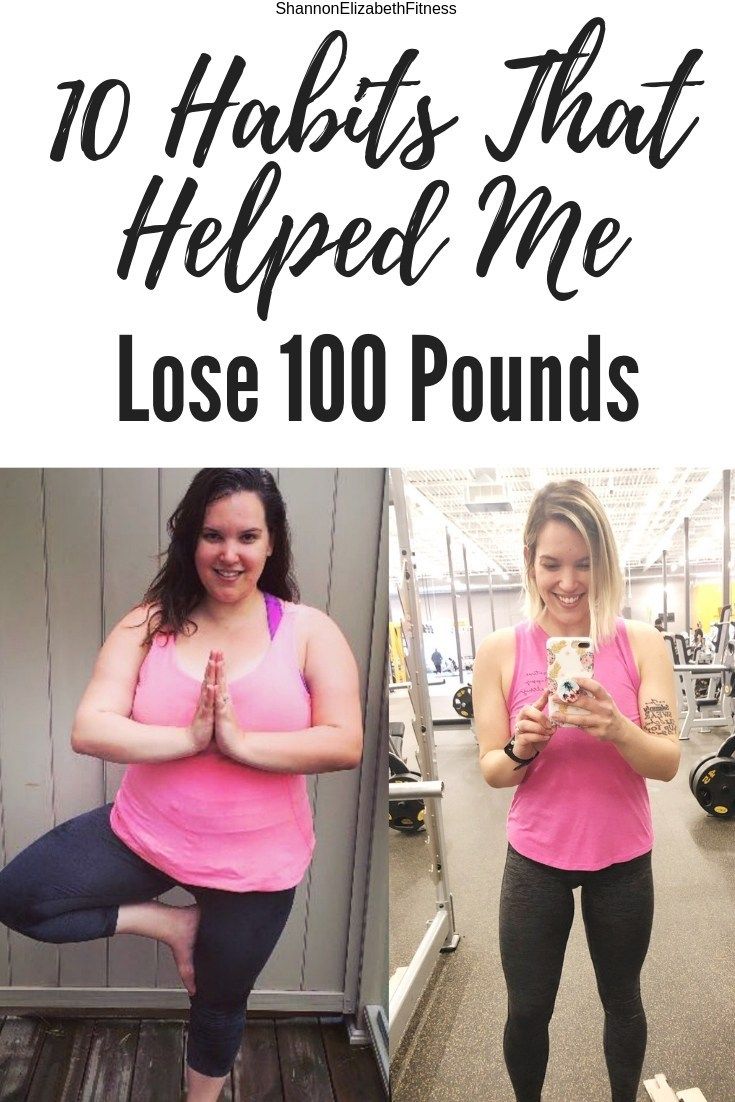
Exercise and weight management are not only beneficial to those who are obese or overweight, but they also have many positive health effects. Regular exercise is key to maintaining a healthy weight over the long-term. To lose weight and maintain a healthy weight, you should aim to exercise for 30 minutes each day. You can also improve your overall health by getting more physical activity, and reducing your sedentary time. Experts recommend that you perform 150 minutes of moderate-intensity physical activity each week. If that is not possible you could also consider yoga which is great to lose weight.
Moderate intensity
Studies have shown that moderate-intensity exercises can reduce hunger pangs and increase food intake during pregnancy. Researchers from Hopkins and Blundell JE investigated the effects exercise had on appetite control over the long and short term. Moderate intensity exercise can also help improve mood and self confidence, which are key factors in weight loss. For those who aren't keen on intense exercise, moderate-intensity exercises may be an option.
Exercise scientists use a simple test that measures how intense an activity is to determine whether moderate-intensity is beneficial. To assess the level of intensity, participants are asked to speak and breathe heavily for 10 minutes or more. Moderate-intensity exercise can be a great way for people to get more physical activity in their lives. This could include activities such as walking two miles or biking five miles.

Cardiovascular
Regular cardio exercises increase your heart rate and lung capacity, both of which are essential for weight management. No matter your level of fitness, cardio is an integral part to any exercise program. Cardio exercises can include running, swimming, biking, and any other exercise that challenges your heart and lungs. The CDC recommends that you do at least 30 minutes of cardio exercise every day. Cross-training, jumping, kickboxing and swimming are some other examples of cardio exercises.
Cardio exercise boosts immunity, decreasing the chance of infection and disease. It helps improve blood circulation, which is essential for maintaining a healthy body. Without proper circulation, you are at risk for stroke and heart attack. Cardio does burn calories, but it should always be paired with strength-training for complete weight management. If you love your workouts, you'll be more likely to stick with it.
Strength training
Strength training is a vital part of any fitness program, no matter if you are trying to lose weight or manage it. Strength training can help you burn calories and protect your joints. It also preserves independence as you age. Strength training can improve balance and lower your chance of falling. There are many benefits to strength training. These include the reduction in the signs and symptoms associated with many chronic diseases. What is strength training exactly?
One of the most effective ways to burn calories after a workout is through excess post-exercise oxygen consumption, or EPOC. Strength training uses more energy than other types of exercise. As such, more calories are burned during workouts and recovery. This is why strength training is often called post-exercise. Strength training can increase your metabolism up to two hundred calories every time you exercise, and it can help with weight loss.

Yoga
You can lose weight with yoga. Yoga improves flexibility, strength, and mental focus. Regular yoga practice can help you lose weight and live a healthier lifestyle. Regular yoga practice has been shown to reduce cortisol levels, which can be a killer for fat loss. Some yoga forms, like Vinyasa or Ashtanga, can also be great cardio exercises.
If you're considering starting a yoga program, it is important to consult a professional. Your primary doctor might be an expert in integrative medical and can help you create a personalized exercise program. A physical therapist who is skilled in yoga may also be recommended by your doctor. These people are more likely to offer individualized guidance and attention. Yoga may not be the best choice for you if your health is in jeopardy.
FAQ
How often do people fast every day?
Most people who follow a ketogenic diet fast once per week. Some people fast twice weekly. Some others fast three days per week.
There is a variation in the length of fasts. Some people fast for 24 or 48 hours, while others go for 48.
Some people will even travel more than 72 hours. But, such extreme cases are rare.
Is there a difference in intermittent fasting and calorie restrictions?
Calorie restriction is a way to eat less than your body needs. Intermittent fasting is different because it doesn't involve restricting calories. Instead, Intermittent Fasting is about eating fewer calories per day.
Intermittent fasting allows you to indulge in foods that you love while feeling guilt-free.
Both methods have their merits and weaknesses. It is up to you to decide which method you prefer.
What should I eat during intermittent fasting to lose weight?
To lose weight, the best thing to do is cut back on carbs. This means you have to cut back on carbs such as bread, pasta rice, potatoes, and any other carbohydrate-based food.
It is important to eat less protein, as it will keep you fuller longer. So you won’t feel hungry as often.
Instead, focus on foods that contain healthy fats, such as olive oil, avocado, nuts, and seeds. These foods help keep you satisfied for hours after eating them.
It's important to make sure you're drinking plenty of water, too. Water is important for your body's ability to stay hydrated and helps you burn more fat.
This could be because you find you really crave these foods when fasting. But that doesn't mean you have to give in to those cravings. If you do, you could gain more weight than you lost.
Try to limit how many calories you eat each day. This will help prevent you from overeating. Drink a glass water whenever you feel hungry.
Although it might seem counterintuitive, this is actually proven to be a great way to lose weight. One study published in Obesity showed that plain water was more nutritious than sugary drinks.
Additionally, plain water can help reduce hunger pangs. You can lose weight by avoiding sweetened drinks and sticking to water.
If you want to lose weight, you don't need to count every calorie or deprive yourself of certain foods. Instead, make small lifestyle changes.
You can swap your breakfast sandwich for an oatmeal bowl. Alternately, you can swap your afternoon cookie with a piece de fruit.
These simple changes will help you shed weight quickly and without spending a lot of time in the kitchen.
How can busy people lose their weight?
To lose weight, eat less and do more exercise.
Overeating will lead to weight gain. If you don't exercise enough, you'll also gain weight. If you combine these two simple behaviors, you can lose weight.
Why is exercise important for weight loss?
The human body is an incredible machine. It was made to move. Our bodies are designed to move, whether we're running, swimming or biking, lifting weights, doing sports, jumping rope, walking or standing still.
Exercise helps to burn calories and improve muscle tone. This makes you feel good both physically and psychologically. People may have heard that exercising is important for weight reduction. But how can this be true?
-
Exercise increases metabolism. Your body uses energy when you are active. When you move, your heart beats quicker, blood flows to your muscles, oxygen is absorbed by your lungs, and blood flows faster to your muscles. These activities all require energy. Exercising can help you burn calories because it increases your metabolic rate. Calories refer to how much energy you use during physical activity.
-
Exercise reduces appetite. If you eat less while you are working out, you will naturally eat fewer calories throughout the day.
-
Strengthen your body through exercise Muscle tissue takes more energy to work than fat tissue. Therefore, if you build lean muscles mass, you will not need as much food to maintain your current weight.
-
Exercise releases endorphins. Endorphins are hormones that make you happy. When you exercise, they are released into the bloodstream. Studies have shown that endorphins can block pain signals reaching your brain. This provides a feeling if well-being.
-
Exercise increases self-esteem. Exercise regularly leads to higher self-esteem. They live longer, healthier lives.
Small changes are the best way to lose weight. These tips can be added to your daily routine.
Are there side effects to intermittent fasting
Intermittent fasting has no known side effects. You might have minor problems if your plan is not well thought out.
If you skip breakfast, for example, you may feel constantly irritable. It is possible to experience headaches and muscle cramps.
These symptoms usually resolve within a few weeks.
What foods are good for me to lose weight quickly?
It is possible to lose weight faster by eating fewer calories. There are two methods to accomplish this.
-
Reduce the amount of calories that you consume each day.
-
Through physical activity, you can increase the amount of calories that you burn.
Reducing the number of calories you eat is easier said than done. Everywhere you turn, there are many calorie-dense fast foods. Here's how to lose those extra pounds.
-
Beans are rich in fiber and protein. They are low in calories, so they're a good choice for people who want to lower their caloric intake.
-
Oatmeal is low in calories but high in nutrients like magnesium and potassium. Plus, it contains less sugar than other cereals.
-
Eggs are high in cholesterol and protein. Eggs can be eaten once or twice per week to increase metabolism, which will help you burn more calories during the day.
-
Whole grain bread has been shown to reduce hunger pangs so that you may feel fuller longer.
-
Dark chocolate is full of antioxidants. Flavonoids have been linked to lower blood sugar and improved heart health.
-
Cottage cheese is high-in calcium, which can help build strong bones. Cottage cheese is also high in calcium, which aids in bone strength.
-
Omega-3 fatty acids are abundant in salmon, which can promote brain development and improve cardiovascular function.
-
Green tea is full of catechins which are compounds that increase metabolism and fight cancer.
-
Broccoli has a lot of folic, which can lower homocysteine in the blood. Homocysteine concentrations that are too high have been linked with an increased risk for heart disease and stroke.
-
Yogurt is an excellent way to include probiotics in your diet without adding sugars. Probiotics are important for your digestive health.
-
Berries are a delicious snack option that's also very nutritious. All of these are excellent sources for vitamins and minerals, including blueberries, strawberries and blackberries as well as raspberries and cranberries.
-
Avocados are full of healthy fats. A half avocado contains 80 calories and plenty of fiber.
-
Nuts are a delicious snack option and a great source protein. Nuts include cashews (almonds), hazelnuts (pecans), walnuts, walnuts, and pistachios.
-
Sweet potatoes are another starchy vegetables that are high in beta carotene. They make your skin glow. The orange sweet potato variety has a higher level of beta-carotene than regular sweet potato varieties.
Statistics
- Another study found that 24 weeks of weight training led to a 9% increase in metabolic rate among men, which equated to burning approximately 140 more calories per day. (healthline.com)
- A 12-week study in 20 women with obesity found that walking for 50–70 minutes 3 times per week reduced body fat and waist circumference by an average of 1.5% and 1.1 inches (2.8 cm), respectively (healthline.com)
- According to a study sponsored by the American Council on Exercise, a person weighing around 140 pounds (64 kg) would burn 108 calories at a 30-minute beginner's Pilates class or 168 calories at an advanced class of the same duration (26). (healthline.com)
- One study in 9 active men found that HIIT burned 25–30% more calories per minute than other types of exercises, including weight training, cycling, and running on a treadmill (18Trusted Source (healthline.com)
External Links
How To
How to Intermittent Fasting
Intermittent fasting refers to a diet where you only eat one day per semaine, typically Monday through Friday. This allows you to reduce your calorie intake and still get adequate nutrition. This helps you lose fat more quickly than if it were your normal meals for the entire week.
The most popular form of IF is to limit calories to certain days. This would mean that you skip breakfast each morning, and then eat whatever food you like throughout the day. It is possible to choose to have three smaller meals each day, rather than two large.
You can choose from many different types of intermittent fasting such as alternate day fasting (alternative day fasting), 5/2 fasts (8/4 fasts), 16/8 fasts, and so on. Each type of intermittent fasting has its pros and cons. Alternate day fasting is the easiest way to start out because you don't have to make any major changes to your lifestyle. However, some people find it difficult to stick to a strict schedule like this, so they might prefer to try other methods first.
Alternate-day fasting is a good option if you are looking to begin an intermittent fasting program. This will allow your lifestyle to be gradually altered while you transition into more extreme fasting.